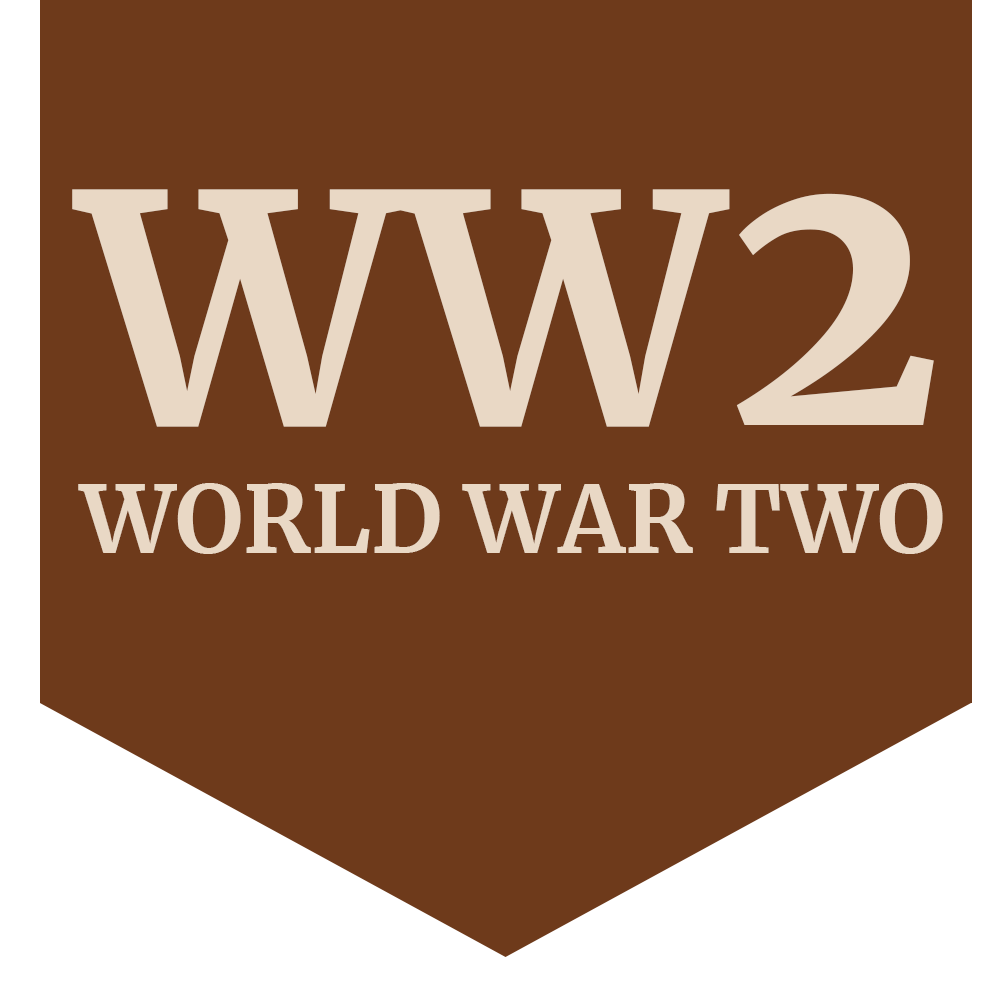
James Puver
- Family History
- Military history
- Extra information
- Photographs
He was the son of Arthur and Harriet Puver.
James Puver and Sarah Swinn were married at Nottingham in 1933. Their son Grant J Puver was born in 1943. They lived at 72, Ainsdale Crescent, Bells Lane, Aspley, Nottingham.
RHEINBERG WAR CEMETERY 10. B. 19.
James Puver lost his life on the infamous late March 1944 raid on Nuremberg. Lancaster III ND711 took off 2206 30 Mar 1944 from Downham Market. It was shot down as it flew the extended leg by a night-fighter crashing 500 metres E of Steinen 5 km E of Herschback. There were no survivors. Fatalities: Puver (AB), + Hugh Julian Langdon (P), Clifford Edward Fox (WO), William Lindsay (AG), Edward Robert Raymond Moulding (AG), Leslie Valentine Norton (FE) & Charles Edward Peake (N).
This raid is considered by many to have been Bomber Command's most disastrous operation of World War Two. Of 795 aircraft dispatched (572 Lancasters 214, Halifaxes, 9 Mosquitoes), 95 were lost (64 Lancasters and 31 Halifaxes [11.9% of the attacking force]) and 545 airmen killed. The raid was plagued by adverse weather conditions and strong German defences including effective night fighter operations. Many returning crews claimed to have bombed Nuremberg but subsequent research proved they had actually attacked Schweinfurt 50 miles to that city's north west. Nuremberg suffered only minor damage.
For a full account of the 1944 Nuremberg raid see (the late) Martin Middlebrook, The Nuremberg Raid, (London: Allen Lane, The Penguin Press, 1973). As usual with Middlebrook's work, this book is characterised by meticulous, detailed research and extensive consultation with survivors.
After several more unsuccessful attempts, overnight January 2/3 1945, Bomber Command finally destroyed much of Nuremberg, the ideological epicentre of Hitler's reich. The centre of the city, particulalrly the eastern part, was obliterated. The castle, the Rathaus, almost all the churches and about 2,000 preserved medieval houses went up in flames. The devastation extended to more modern districts; 4,640 houses were destroyed along with important M.A.N. and Siemens factories and railway areas. 415 separate industrial buildings were destroyed. 1,838 people were killed with an unrecorded number injured.


